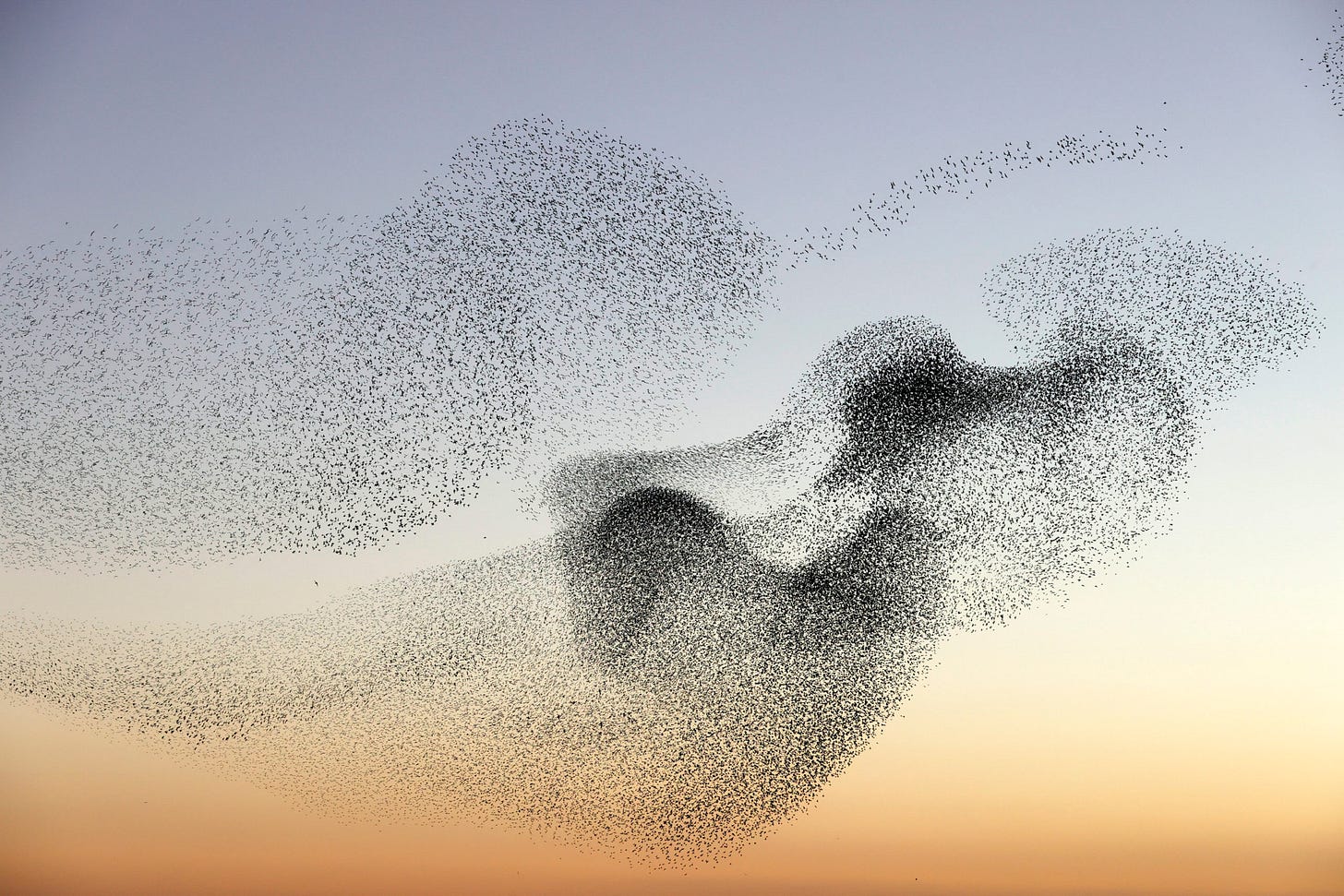Good morning!
Welcome to Digestable, your mouthful of things happening in the world.
Today’s ferments:
Content warning: police violence, murder
In the face of mortality, we are offered consolations: afterlife, or being full of light, or being remembered. Legacy, of all the options, is the most reliable way to remain after you leave this form.
It has become common to see the faces of those murdered by the police replicated on posters and painted in public spaces. For most of us, this is how we see first see their faces. Before that—when they were alive—they were just people we don’t know.
In 2020, George Floyd’s face was everywhere. His life and death were discussed at length on all forms of media. Masses in the streets chanted his name; his name and face became synonymous with demands to defund the police and recognize the racism built into American policing.
But it didn’t feel like George was dead. It felt like he was alive. He was with us, he was vibrating in our vocal cords, he was everywhere we looked. It is astonishing, every time, how life extends in this way. The violence of murder yields strange legacy—a presence among so many who otherwise would not have noted absence.
The nature of this kind of legacy becomes even more absurd when people die in prisons and jails, as far from the public eye as one can get in America. Incarcerated people experience perhaps the worst treatment of anyone in this country, a horror made possible because it is hidden.
Lashawn Thompson described being “eaten alive” by insects in an Atlanta jail. Here in Vermont, a man at Southern State prison died after requesting help because he was struggling to breathe. This is insane cruelty. It is happening all the time, out of public view.
Let us choose to see now, then. More people will die in cages and at the hands of the police, certainly. In recent headlines alone, there is the shooting of 16 year old Ralph Yarl, who rang the wrong doorbell trying to pick up his young siblings. He survived this horrific event, but has a long recovery ahead. Robert Dotson was fatally shot in the doorway of his own home after police made the same mistake as Ralph, but didn’t pause to check before opening fire.
If we get pulled under by the current of horror, it will only blind us further. Choose to see now, before it becomes too late again and again.
On Saturday, Vermonters rallied at the State House demanding a moratorium on new prison construction, investment in alternatives to incarceration like supportive housing and mental health care, and an end to our taxes paying for existing and new prisons. Formerly incarcerated women spoke of medical neglect, being stuck in jail without bail, of being left or forgotten in state sanctioned cages.
If you’re in New England, you can learn about the FreeHer campaign, which is behind this effort and others in the region. If you’re anywhere in the US, you aren’t far from a jail or prison, which inevitably is causing more harm than it is preventing. Find the other people near you demanding that we spend public funds on programs and services that let people live long enough and full enough to make their own legacies. Join those people.



